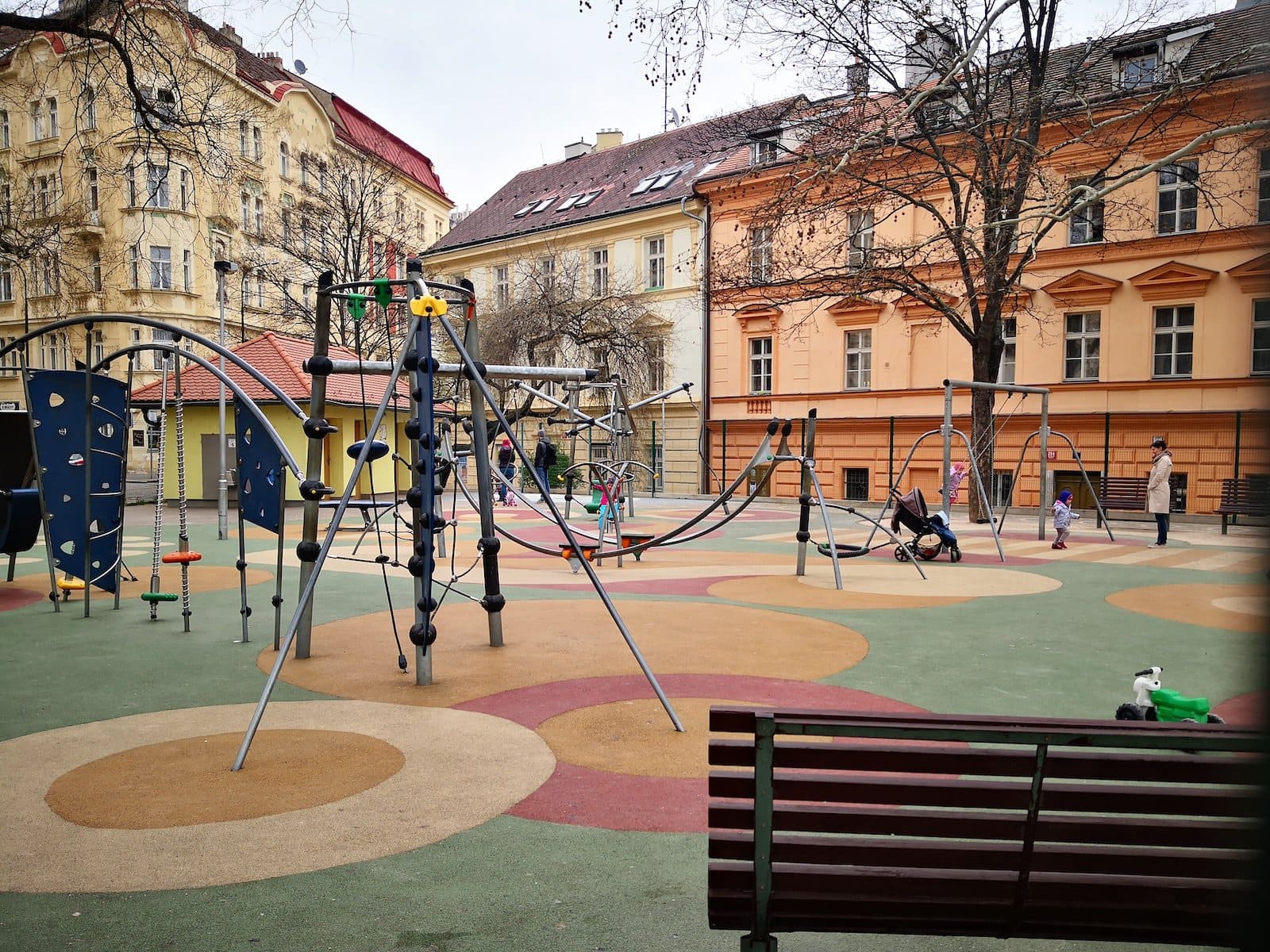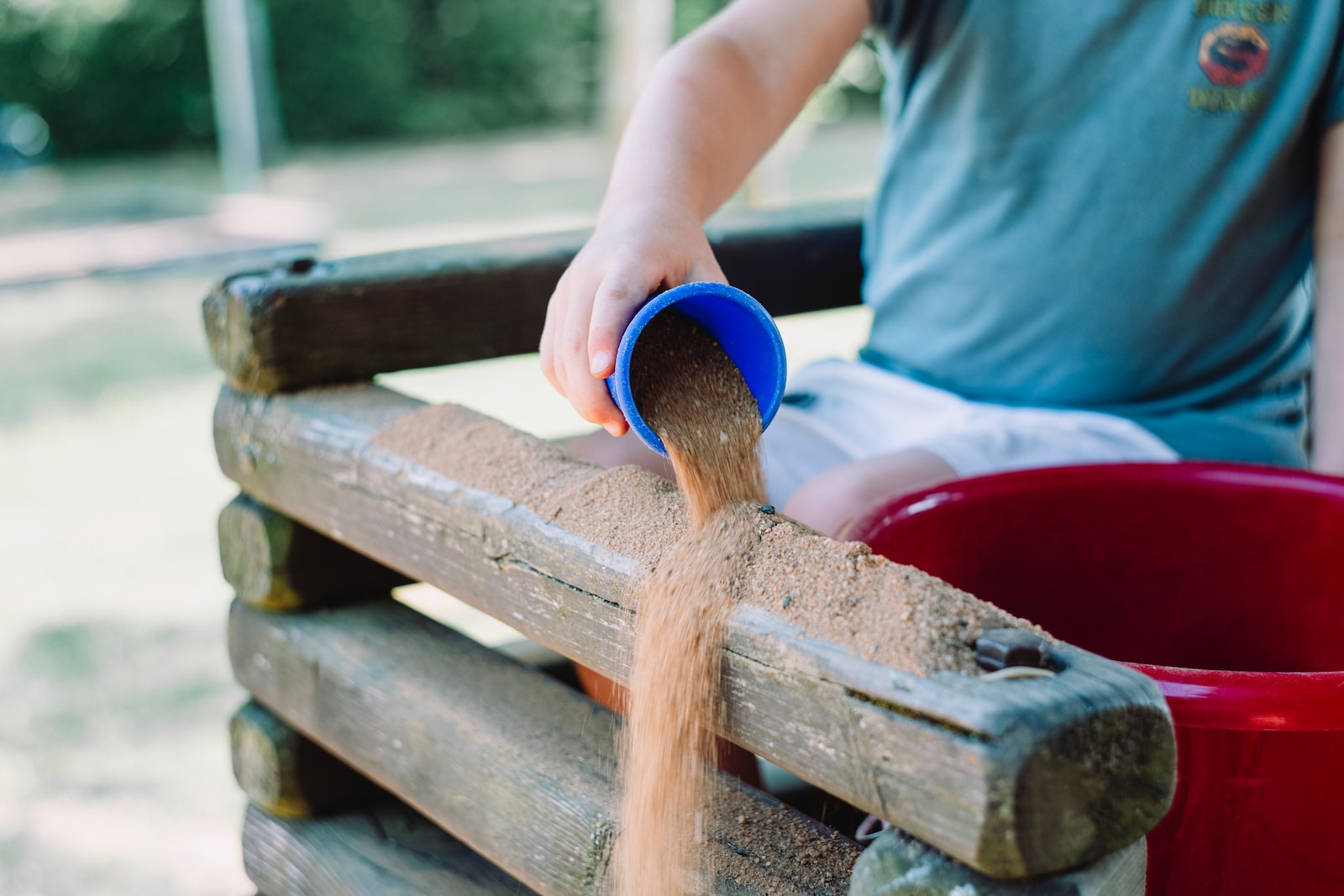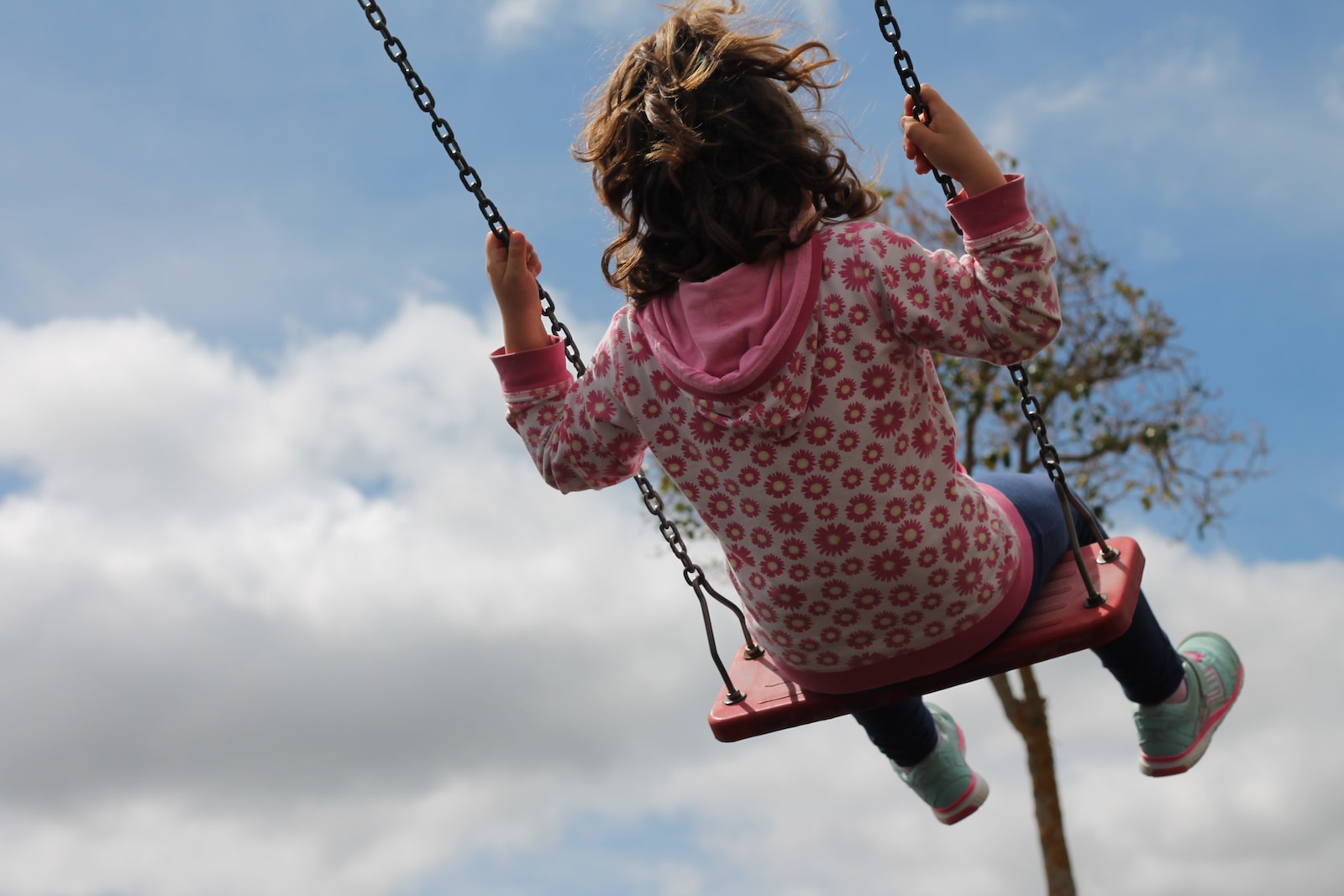Abstract
This study assumes that surfaces in outdoor environments in early childhood education and care (ECEC) institutions exert an important influence on children’s play diversity. Gibson (1979) claims that surfaces are important because they are where most action occurs; some surfaces may lead to a diversity of play behaviours, while others afford a narrower range of actions. This study was conducted as part of a three-year mixed-methods project. The sample consisted of 464 video observations (mean duration: 122 seconds) of 79 children’s free play in the outdoor environments of eight ECEC institutions. Multilevel regression analysis, controlled for children’s age and gender, indicated that functional play was positively associated with surfaces resistant to deformation (e.g. rubber) and that constructive play was positively associated with surfaces with low resistance to disintegration (e.g. sand or forest floor). These results can help develop and design outdoor environments that facilitate children’s play diversity in ECEC.
Journal: Landscape Research
Year: 2024



